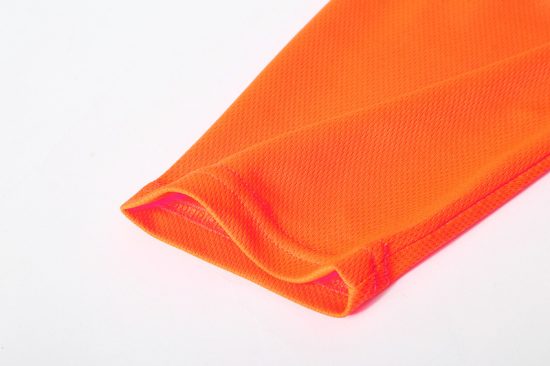Safety clothing, also known as personal protective equipment (PPE), is designed based on scientific principles and engineering to provide effective protection against workplace hazards. The science behind safety clothing involves understanding the hazards, materials, and design considerations to create gear that minimizes risks and maximizes safety. Here are some key aspects of the science behind safety clothing:
- Hazard Assessment: The first step in designing safety clothing is to assess the specific hazards workers may encounter. This includes identifying physical, chemical, biological, radiological, or environmental hazards. Understanding the nature and intensity of these hazards is essential for selecting the appropriate materials and design features.
- Material Selection: Safety clothing is constructed using materials carefully chosen to resist and protect against specific hazards. For example:
- High-Visibility Clothing: Fluorescent materials and reflective strips enhance visibility in low-light conditions.
- Fire-Resistant Clothing: Flame-resistant materials, often treated with chemicals, prevent ignition and reduce the spread of flames.
- Chemical-Resistant Clothing: Materials like neoprene, PVC, or specialty fabrics are chosen based on their resistance to specific chemicals.
- Cut-Resistant Gloves: Various materials like Kevlar and steel fibers are used to create gloves that protect against cuts and abrasions.
- Impact-Resistant Helmets: Hard hats and helmets are designed with materials like polyethylene and fiberglass to absorb and distribute impact energy.
- Design Features: The design of safety clothing takes into account factors such as comfort, mobility, and ergonomics to ensure that workers can perform their tasks effectively. This involves creating designs that fit well, allow for ease of movement, and minimize discomfort during prolonged use.
- Fit and Sizing: Proper fit is crucial for safety clothing. Ill-fitting gear can be uncomfortable and may not provide the intended protection. Manufacturers often provide various sizes and adjustment options to ensure that gear fits correctly.
- Testing and Certification: Safety clothing undergoes rigorous testing to verify its effectiveness against specific hazards. Certification bodies and standards organizations establish criteria and conduct tests to ensure that PPE meets safety standards.
- Durability and Maintenance: Safety clothing is designed to withstand wear and tear over time. Manufacturers provide guidelines for maintenance, cleaning, and inspection to ensure that gear remains in good condition and continues to provide protection.
- Breathability and Heat Dissipation: Depending on the work environment, safety clothing may incorporate features to manage heat and moisture. For instance, moisture-wicking fabrics and ventilation systems can help keep workers comfortable in hot conditions.
- Innovations and Advancements: Advances in materials science and technology continually drive improvements in safety clothing. New materials, coatings, and design innovations are developed to enhance protection and comfort.
- User Education: Scientific research is used to develop educational materials and training programs to teach workers how to use safety clothing correctly and understand its limitations.
In summary, the science behind safety clothing involves a multidisciplinary approach, combining knowledge of materials science, engineering, ergonomics, and occupational safety. It aims to provide workers with effective protection while considering comfort, durability, and ease of use. Safety clothing is a critical component of workplace safety, and ongoing research and innovation continue to improve its design and effectiveness.


